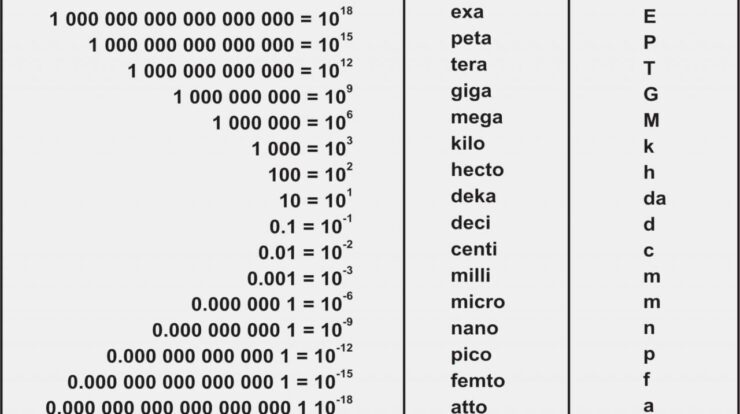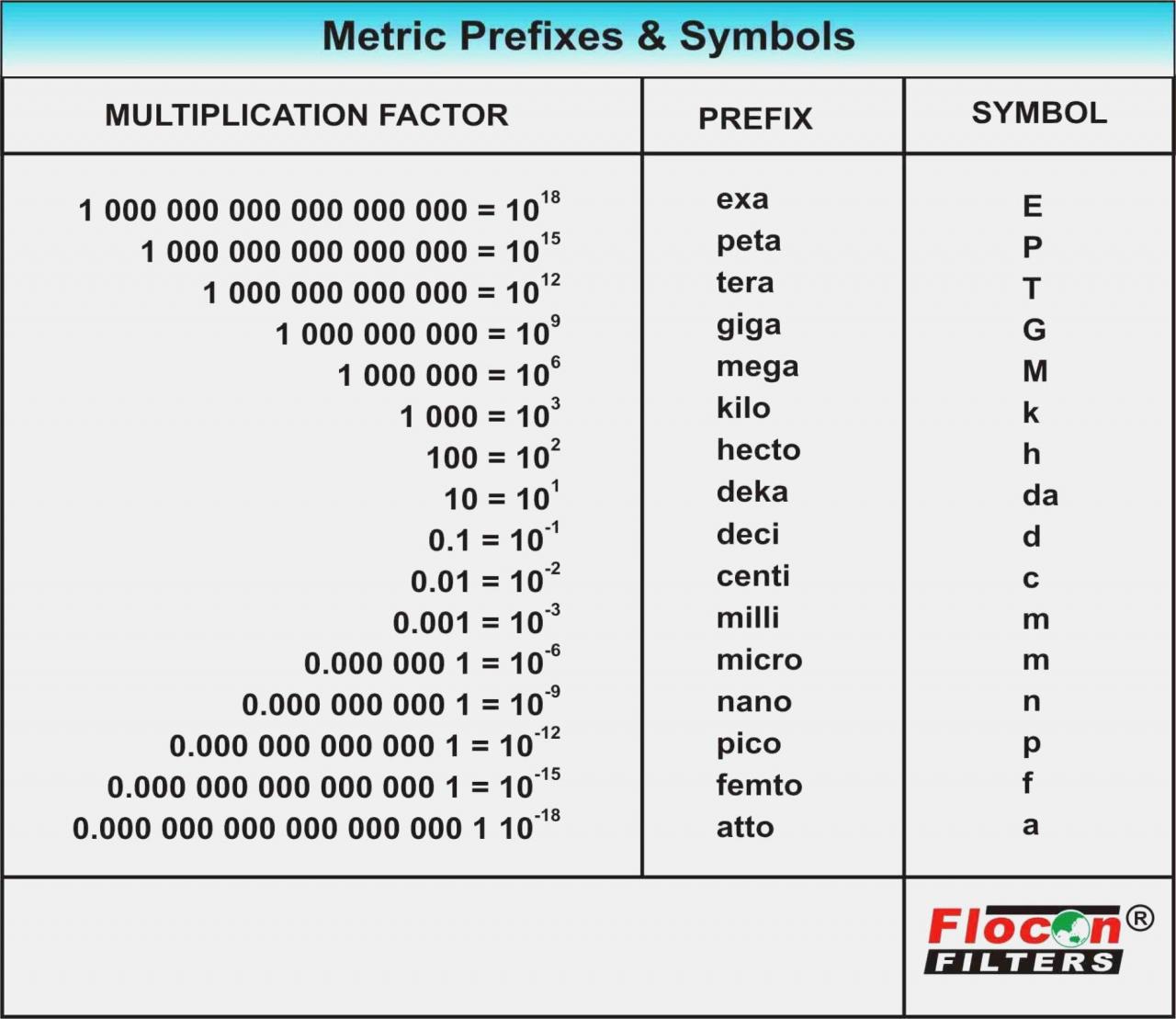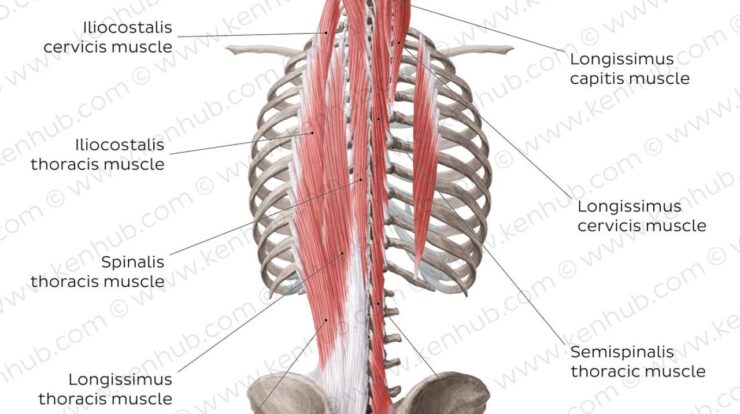
Pico measurement, a precise technique for measuring extremely small quantities, has revolutionized various fields by enabling the exploration of the microscopic realm. From scientific research to engineering applications, pico measurement empowers us to understand and manipulate the world at an unprecedented scale.
Pico measurement encompasses a range of methods and instruments, each tailored to specific applications. By harnessing the power of advanced data acquisition and analysis techniques, researchers and engineers can extract valuable insights from pico-level data.
Pico Measurement
Pico measurement involves the measurement of extremely small electrical signals or currents, typically in the picoampere (pA) or picowatt (pW) range. It plays a crucial role in various scientific and engineering fields, including electrophysiology, nanotechnology, and quantum computing.
Techniques for Pico Measurement
Pico measurement requires specialized techniques to accurately capture and analyze these minute signals. Some common methods include:
- Patch-clamp technique:Used in electrophysiology to study the electrical properties of ion channels in cell membranes.
- Scanning tunneling microscopy (STM):Employs a sharp probe to scan surfaces at the atomic level, providing information about surface topography and electronic properties.
- Atomic force microscopy (AFM):Uses a fine tip to probe surfaces and measure forces at the nanoscale.
Instrumentation and Equipment
Pico measurement relies on specialized instruments and equipment:
- Picoammeters:Highly sensitive devices that measure picoampere currents.
- Lock-in amplifiers:Enhance signal-to-noise ratio by amplifying signals at a specific frequency.
- Data acquisition systems:Collect and digitize pico-level signals for analysis.
Data Acquisition and Analysis
Pico measurement involves careful data acquisition and analysis techniques:
- Noise reduction:Minimizing background noise to improve signal quality.
- Signal averaging:Combining multiple measurements to enhance signal-to-noise ratio.
- Statistical analysis:Identifying patterns and trends in pico-level signals.
Applications of Pico Measurement

Pico measurement finds applications in diverse fields:
- Neuroscience:Studying electrical activity in neurons.
- Materials science:Characterizing electronic properties of materials.
- Biophysics:Investigating molecular interactions and cellular processes.
Challenges and Future Directions
Pico measurement faces challenges, including:
- Noise and interference:Minimizing external factors that can affect signal accuracy.
- Equipment limitations:Pushing the boundaries of instrumentation to measure even smaller signals.
Future directions in pico measurement include:
- Quantum metrology:Developing new techniques for measuring quantum systems.
- Advanced instrumentation:Designing instruments with higher sensitivity and accuracy.
Closure: Pico Measurement
As technology continues to advance, pico measurement is poised to play an increasingly vital role in scientific discovery and technological innovation. By pushing the boundaries of precision and accuracy, we can unlock new frontiers in understanding the fundamental nature of matter and shaping the future of various industries.
Answers to Common Questions
What is the significance of pico measurement?
Pico measurement enables the precise characterization of materials and phenomena at extremely small scales, which is crucial for advancing fields such as nanotechnology, electronics, and biophysics.
How is pico measurement performed?
Pico measurement utilizes various techniques, including electrical measurements, optical spectroscopy, and atomic force microscopy, to capture data at the picosecond or picometer level.
What are the applications of pico measurement?
Pico measurement finds applications in diverse fields such as materials science, semiconductor characterization, biomedical imaging, and quantum computing, providing valuable insights into the behavior of materials and systems at the nanoscale.





